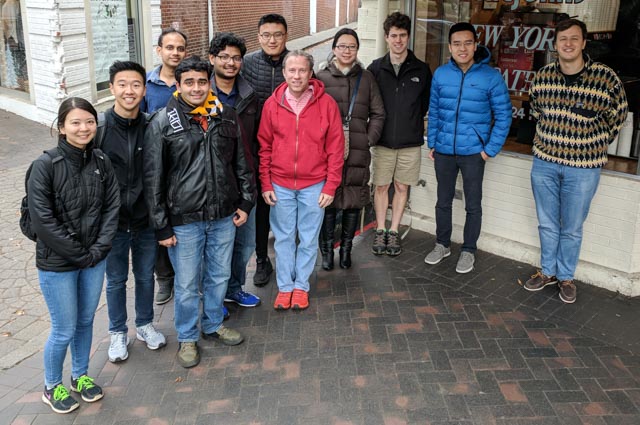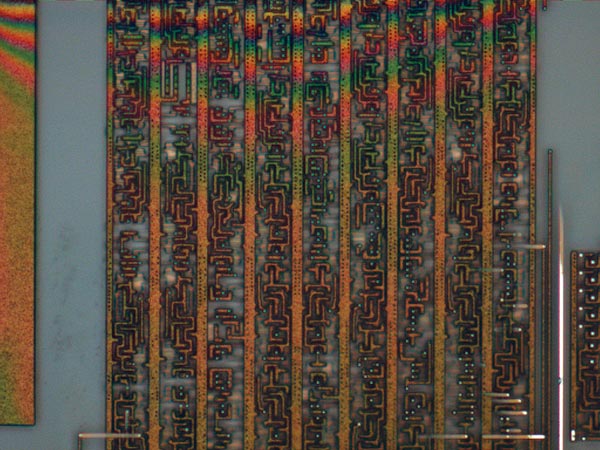This is a guest post by Sarah Scrafford (see below for details). It describes the AntiVirus XP 2008 malware, which is interesting because of the amount of information revealed about its financial success. Another article that provides some more details about this is in the New York Times: Antiviral ‘Scareware’ Just One More Intruder which provides some interesting financial details.
A Whole New Meaning to Viral Marketing
By Sarah Scrafford
An important anniversary related to computer security recently went by without much publicity – the release of the first ever malicious program to spread widely on the Internet. The year was 1988, the date November 2, and the creator the worm, Robert Tappan Morris, then a student at the Cornell University, unleashed his creation on the Internet and succeeded in disabling 10 percent of all the machines that were online at the time. Although this was a criminal activity and Morris was convicted later of computer fraud, the incident proved to be the launching pad for the intensive research being done in the area of computer security today.
And so the antivirus, antispam and antispyware software packages made their appearance, each one more sophisticated and capable of detecting newer malware than its predecessors, and a whole new industry was born. Today, Morris holds a respectable position as associate professor of computer science at the prestigious MIT, but new and more innovative crooks are still continuing in his footsteps. Rather than write malware to disable systems, deny service or steal information, the conmen have hit upon a novel and almost foolproof method to make users part with their money – by preying on the insecurities (pun intended).
Being fully aware of the mad scramble for antivirus and other security software, a group based in Russia is offering a free application, the Antivirus XP 2008, which they claim to be an antivirus software package. Once the unsuspecting user downloads it to their system, they’re constantly bombarded with security alerts that scare them into thinking their computers are veritable hotspots for viruses and Trojans to hang out. Antivirus XP 2008 recommends a paid upgrade to be able to quarantine or clean these viruses, and this is how the conmen make their money. Another stroke of genius on their part was to rename the software Antivirus XP 2009, and sell it to users as a new and improved version of itself.
The best part of this scam, according to Joe Stewart, director of SecureWorks Inc. which was responsible for bringing this shady operation to light, is that the kingpin has set up a phony company through which affiliates can market the fake antivirus software – true viral marketing in every sense of the word. If you’re aghast at what you’ve read so far, hold on, there’s worse to come. The crooks are making as much as $5 million a year by just scaring people into parting with their money. And if they’re ever caught, they have a slim excuse to cling to – that they’re not aware of the relative uselessness of their program.
It’s all in a day’s work for them; if not this scam, then something else. But for you and me, the legitimate and regular computer users, this should be a wakeup call to be more diligent and choosy in picking a security suite for our systems.
This article is contributed by Sarah Scrafford, who regularly writes on the topic of on line universities. She invites your questions, comments and freelancing job inquiries at her email address: [email protected].


